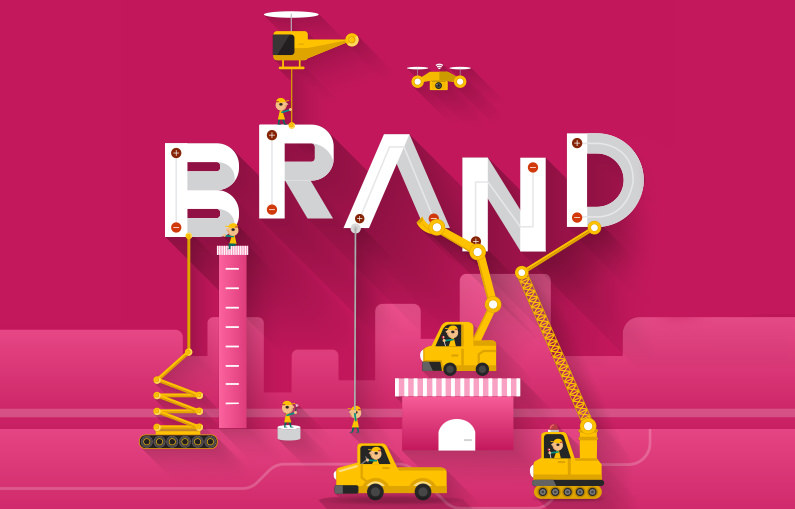Do you know how customer flow through your business before making a purchase? Marketing funnels breakdown the steps customers take from first hearing about you to then making a purchase.
What are Marketing Funnels? Marketing funnels outlines the customer journey people go through before making a purchase from your business. These can be both emotional and rational and they demonstrate that people go through a series of stages before making a purchase.
There are hundreds of different marketing funnels out there, all-different, and all have their own unique qualities. In this article, I will take you through the top FIVE best funnels that describe the purchasing journey for your business.
1. What Are Marketing Funnels?
A marketing funnel has many definitions. You may have heard of the terms customer cycle, sales funnel and the purchasing funnel, which are all examples of marketing funnels. A funnel is the set of steps a visitor goes through before they can reach the purchase or conversion.
A marketing funnel is a model, which illustrates the theoretical customer journey from a person first hearing about your product or service to making a purchase. I have come across many useful funnels that that generalise the customer journey for a business.
2. Why Are Marketing Funnels Important?
Marketing funnels are important because they depict the customer journey from initial awareness all the way through to purchase considering all the touch points a customer has leading up to a purchase. A clever marketing funnel will have conversion rates between all the touch points. This is because you can then visualise which part of the customers journey needs improving.
I am a massive believer of breaking the big steps into smaller more manageable steps. When thinking of funnels, what step do we take and how can we turn this theory into an actionable and practical strategy. Overall, the marketing funnel provides a framework through which you can analyse your business and identify areas for improvement.
3. No #5 AIDA Model
This funnel is representative of the psychological aspects a person goes through to purchase your product.
AIDA Model
Attention (Awareness)
During the customer’s journey, awareness will bring a customer into your shop, or your website, at which point they are potential leads. A person first has to be aware that the product and service is available to them before they can consider whether to choose that options. This is an activity usually done at brand level such as brand awareness.
Interest
During the customers journey, Interest is related to product level marketing mechanism as the brand has done its job in the awareness stage. So, here we are presented with a product that satisfies a customer need and is promised to do the job, which requires rational thought at the conscious level.
This would involve customers interacting with your business – be it entering your shop, or subscribe to your newsletter. Interest is mainly on a conscious level. It is addressing the rational performance and quality of the given product over emotional factors.
Desire
During the customer’s journey, desire is achieved at product level marketing. It is done by aligning to a customer wants (learn about customer wants and needs here). Relating to something a customer is familiar with, whilst outlining its performance and the problems that it aims to resolve.
This can be achieved by brand association as well as deliver greater value than the competitors can. The main idea is that it provides style and messaging that leaves customers feeling satisfied, which often occur on a sub-conscious level.
Action
During the customer journey, the desire stage arouses a person to purchase. This must be a call to action, or mechanism there, which makes the transfer between B2B, or B2C as easy as possible (this could be as simple as a PayPal or shopping cart function or your website).
In addition, it also includes removing any barriers for purchase, such as providing more convenient purchasing methods (such as monthly payment), for those more expensive products and services.
4. No #4 Know, Like & Trust Funnel
The aim for this funnel is to build trust. By having, customers trust your business they will always choose your product and services over your competitors. I always use this model when focusing on branding exercises.
This is because branding is all about getting your customers to trust you, and attached that feeling of trust to the optimal brand. I find this model useful as it helps me process the information that I require to leverage to achieve my branding goals.
Know Like & Trust Model
All else being equal, people prefer to do business with people they know, like and trust. That is why you need to keep this in mind in your marketing. It is the reason things like blogging, podcasts and videos work as marketing tools. You position yourself as an expert, give potential clients a chance to see how you work and give them a taste of your personality.
Its only after you build a relationship, your brand will become familiar to them and then provide trust (Gefen, D, 2000). Once this trust has been established and you have built a sense of a community (bandwagon effect) they will be more willing to convert.
5. Customer Pipeline Funnel
Your marketing and sales pipeline refers to the stages that your sales rep goes through to convert a lead into a customer.
The image depicts is a very generic example of a pipeline:
Lead Contact Opportunity Won
These factors are critical to ensure a customer makes a purchase, as they more than likely will not without these factors. Unless being spontaneous.
6. No #2 Value Ladder Funnel
The value ladder funnel is very practical as it suggest how to lead people from your front products to your back products. This can dramatically increase your sales.
Value Ladder
In any given scenario, there will be times when a customer is hyped dopamine and is excited, whereby they are easily influenced to purchase more, if related to their original purchase. By having, additional products available, studies show that that 30% of people take the next product.
That is critical as by just by making additional product available, during the purchase period, it increases revenue. This can later demonstrate the importance of collaborating with partners or of having available affiliated products if an online business.
7. Get, Keep & Grow
My number 1 personal favourite funnel is the get keep grow model. This model provides Insights to customer journey, lead nurturing to converting into paying customers. It also highlights at which moment the marketing activities should be applied to help speed up the purchasing cycle.
Get, Keep & Grow Model
Get – this refers to acquiring customers into the marketing funnel.
Keep – this refers to making customers come back and shop with us.
Grow – This refers to making our current customers spend more. Building an email list is of high importance through the repurchasing phase. This is because it enables you to re-target to customers that you have already built the report with.
Conclusion
If a customer has purchased from your store and they did not like the process of making a purchase, the chances are they will not repurchase. This demonstrates the importance of providing the best customer experience possible, which is assessed through the marketing funnels.
Furthermore, this provides two options for a marketer:
Firstly, the tried and tested journey is satisfactory and goes customers don’t churn and hold extra value to the cost of the product. The second is having the options to provide a higher price if the research suggests your customer journey (desired thinking match the audience).
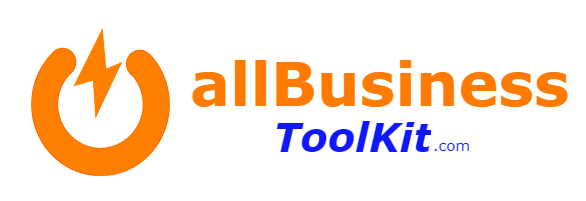
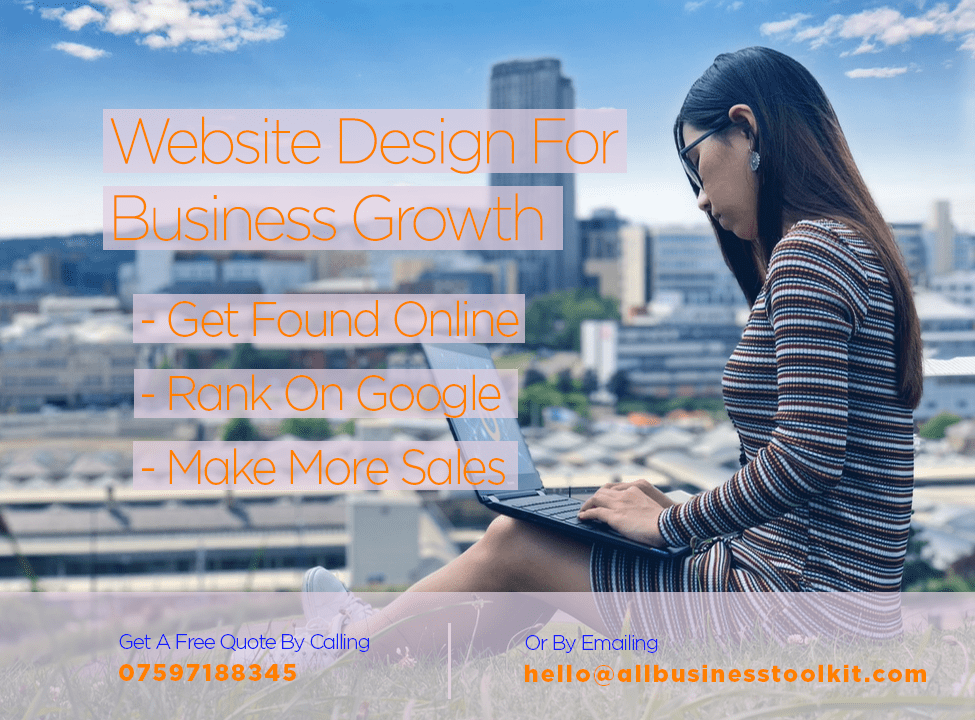
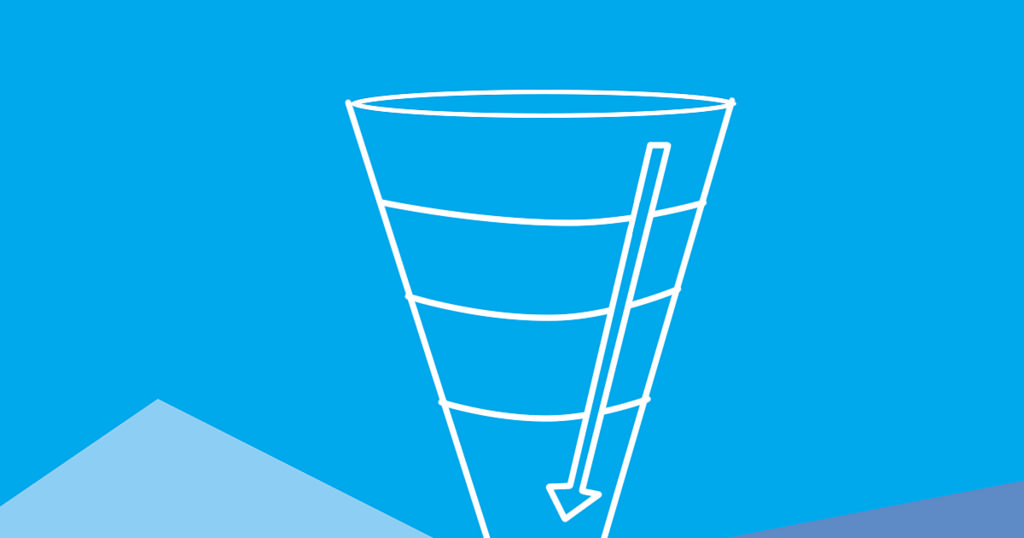
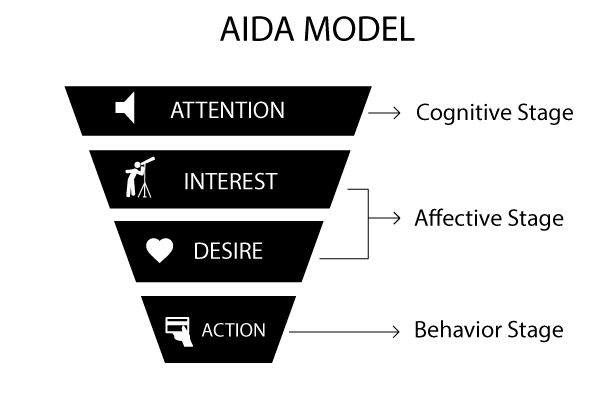
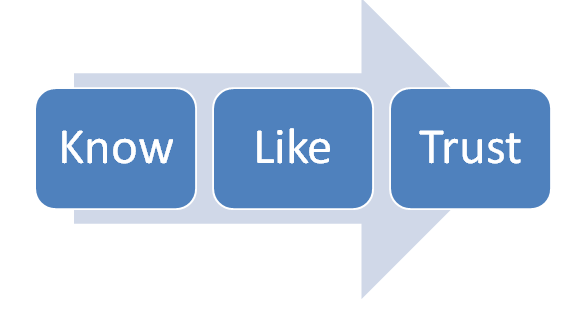

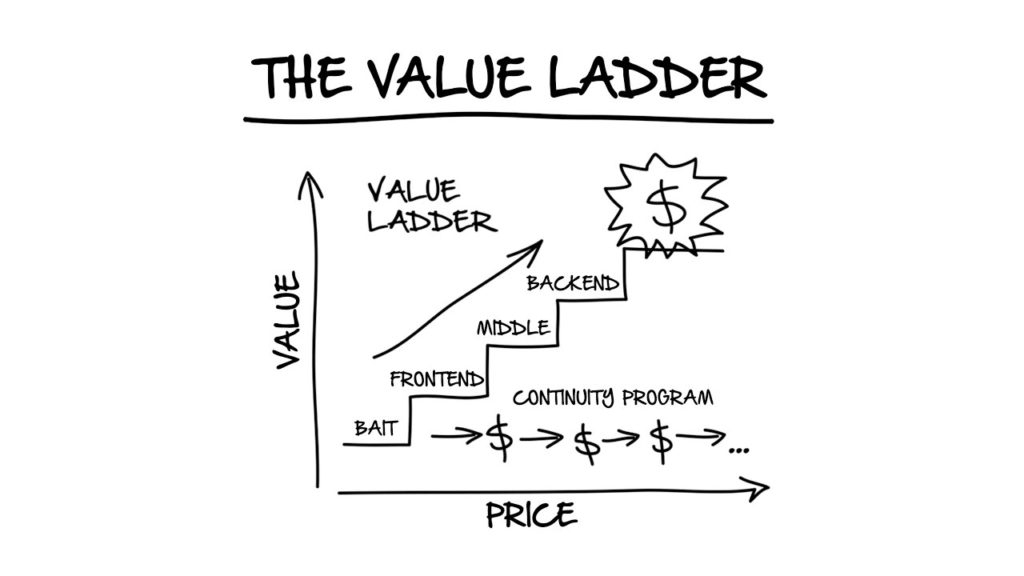
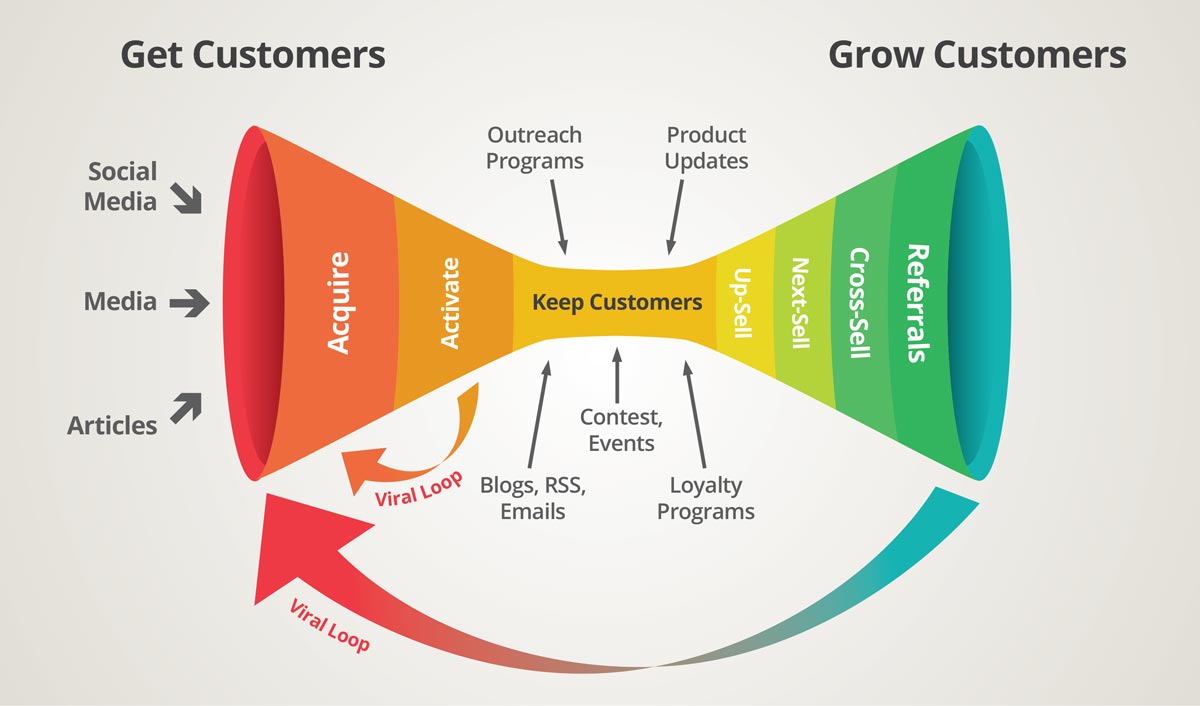
![Digital Marketing [Complete Overview] Everything For Beginners… Digital Marketing [Complete Overview] Everything For Beginners…](https://allbusinesstoolkit.com/wp-content/uploads/2018/10/what-is-digital-marketing.jpg)
